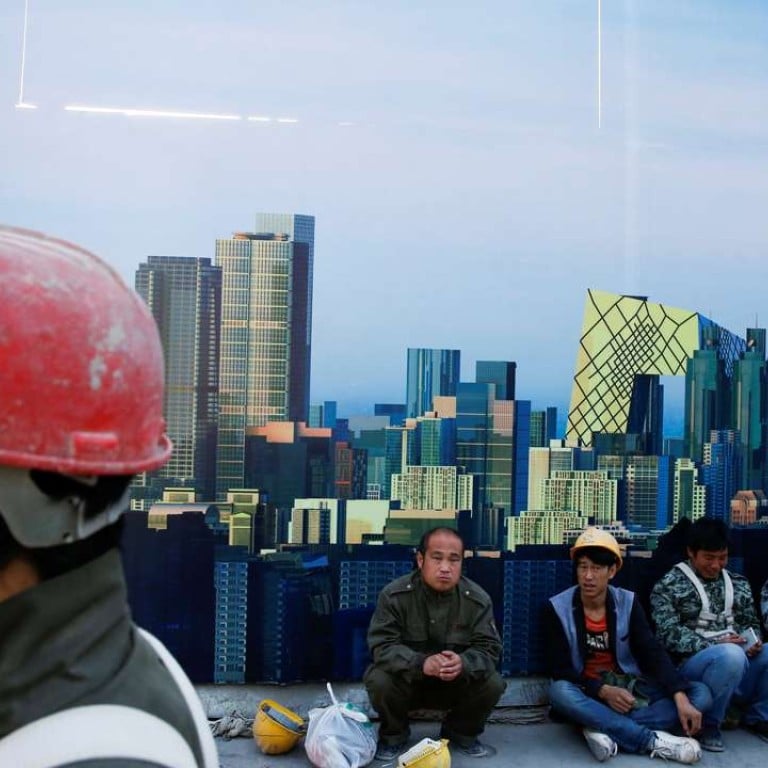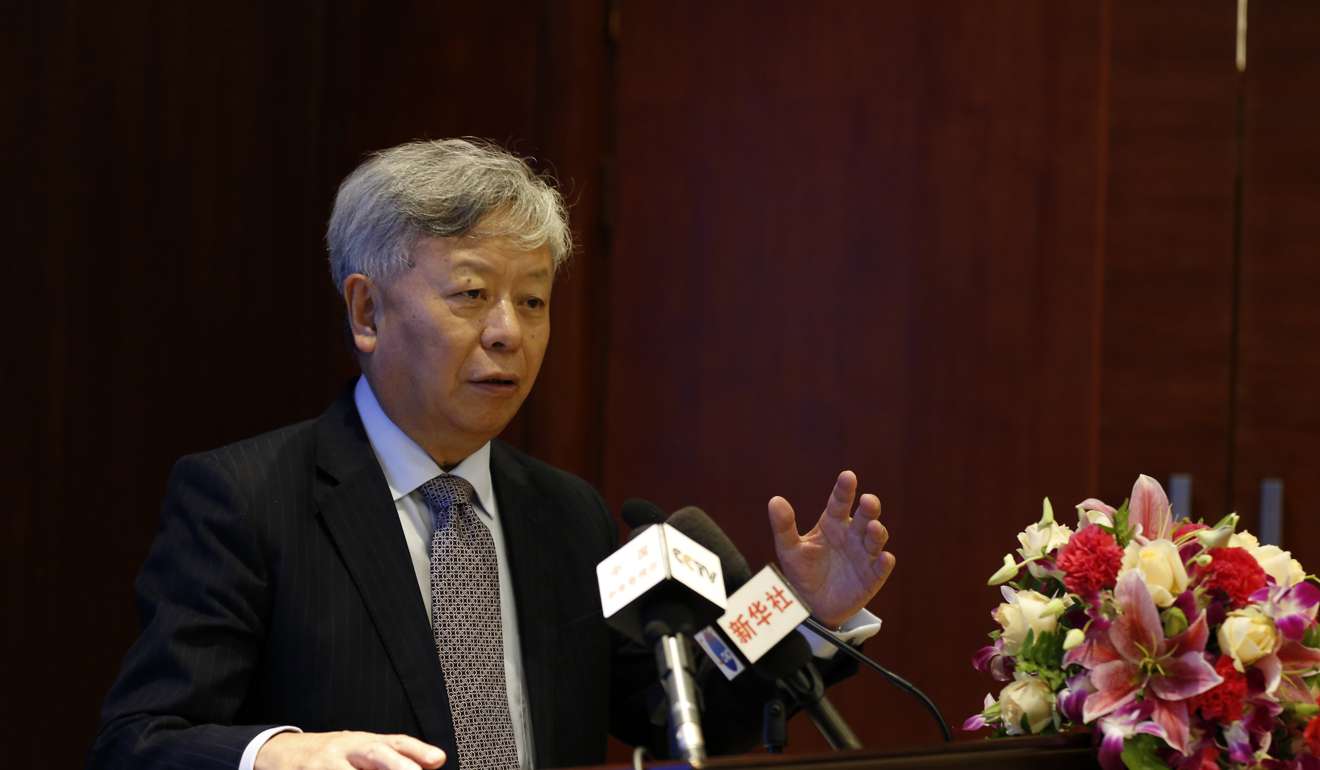
Will China-led development banks get the coveted boost to shape a new financial world order?
AIIB and BRICS Bank aiming for same recognition as World Bank, ADB from global credit rating agencies
The two development banks established under Beijing’s leadership, widely seen as China’s tools to help shape a new financial world order, are seeking ratings from international rating agencies to pave the way for future borrowing and the issuance of bonds.
The Shanghai-based New Development Bank, commonly known as the BRICS Bank, and the Beijing-based Asian Infrastructure Investment Bank (AIIB), are seeking credit ratings from Moody’s, Standard and Poor’s and Fitch Ratings, a vital step for them to borrow money in global capital markets and a key factor in deciding their financing costs.
Lenders such as the World Bank and the Asian Development Bank have obtained top-notch credit ratings from the major rating houses, but it is not yet clear if the two China-led banks will receive the same recognition.
The lenders, together with China’s domestic institutions such as the Silk Road Fund and the China Development Bank, will be the key players financing China’s ambitious “Belt and Road” international trade initiative.
Chinese President Xi Jinping will host the first “Belt and Road” summit in Beijing next month, with 28 state leaders confirming they will attend, to sell China’s vision of reviving old trade routes.
The New Development Bank (NDB) with an initial capital base of US$50 billion - China, Russia, Brazil, India and South Africa each paying US$10 billion - started operations in July 2015, but the sovereign ratings of Russia, Brazil and South Africa have since declined.
“The next key milestone for the NDB is to obtain international ratings. We have started the process and are in conversations with international rating agencies,” Leslie Maasdorp, vice-president and chief financial officer of the lender, said in an interview with the South China Morning Post. “Over the next six months, we anticipate we will complete the process.”

Maasdorp said the bank plans to sell more yuan bonds in 2017. In addition, the bank will try to “access the offshore rupee market” and “raise hard currency or US dollar bonds”.
There is no immediate demand for funds at the AIIB, but the lender has met potential investors regularly and seen international rating agencies to gradually build up its presence with the aim of becoming a global bond issuer, said its treasurer Soren Elbech.
“As soon as we get the ratings, we will set up a fund raising programme, hopefully by the end of this year,” Elbech said at a conference in March.
The AIIB has to convince potential global investors that it is not designed exclusively for China’s economic diplomacy if it wants to become a global issuer, Elbech said.
The New Development Bank said earlier this month it was working on details to accept applications for new members. “The NDB has always been open to new members,” Maasdorp said.
The BRICS group of nations are to dilute their equity in the bank to 11 per cent each from the current 20 per cent. Another 25 per cent of the shareholding will go to other emerging markets or developing countries, with 20 per cent reserved for developed countries if any want to join.
The AIIB has a much larger membership, 70 including Hong Kong after a round of expansion in March, despite the absence of the United States and Japan.

